Microplastics in Teeth Aligners – Should We be Concerned?
Almost One Billion Teeth Aligners End Up in Landfills Each Year
Now that you’ve thrown out your plastic containers and parted with your much-loved collection of vintage Tupperware, there’s another plastic to consider. While there’s little to no evidence that wearing teeth aligners is harmful during the corrective phase, there may be some issues with the disposal of these convenient dental tools. They are favorites of patients, dentists, and dental hygienists. No one is volunteering to go back to the metal, wax, and rubber bands, but there are some concerns about proper disposal due to the microplastics that are released as the aligners start to decompose.
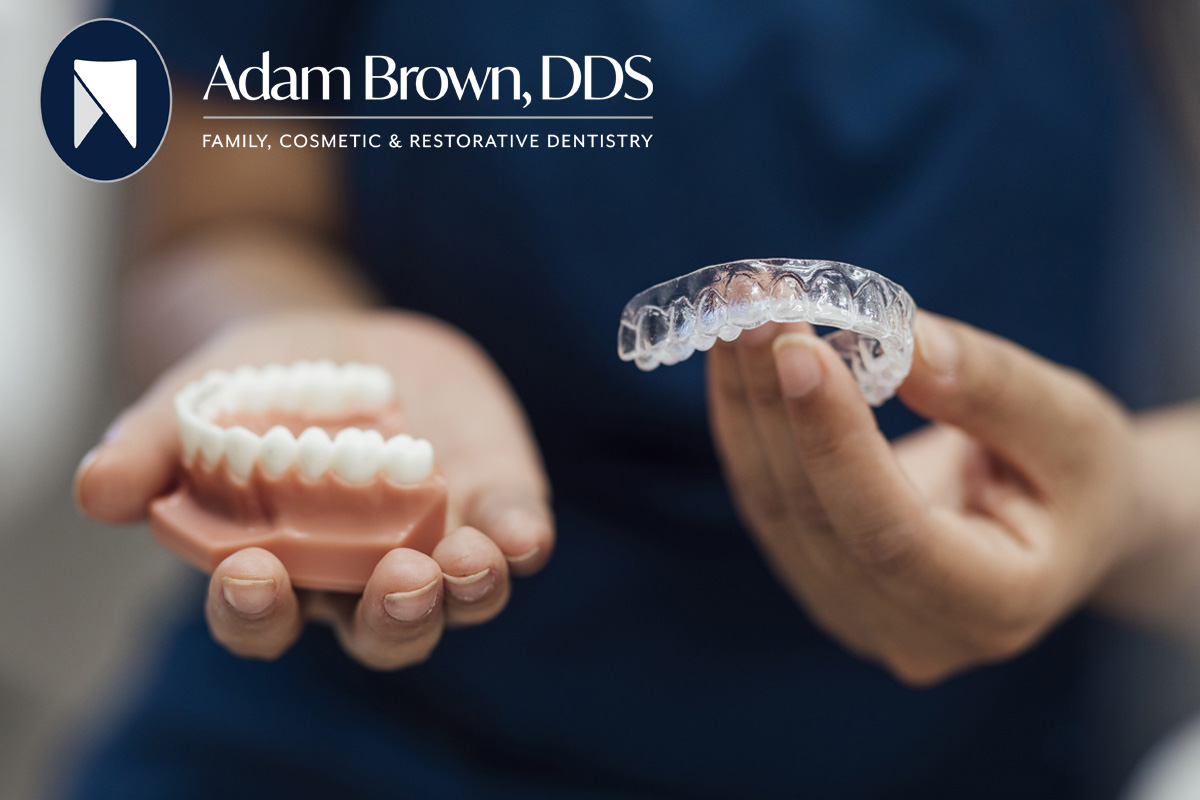
For more information read this recent article Published on:
Discarded aligners often end up in landfills where they take decades to decompose, releasing microplastics into the environment.
Microplastics have been declared a global emergency thanks to their ubiquitous presence in all aspects of life: air, soil, food and now, human organs.
These particles can enter the human body by swallowing contaminated food and water or inhaling airborne particles, potentially leading to respiratory issues, cardiovascular problems and even cancer.
Their pervasive use raises concerns about their impact on ecosystems and human health.
The lack of information around potential threats of microplastic leaching into everyday items is concerning. A case in point is orthodontic aligners.
These clear, custom-made devices help straighten teeth discreetly and effectively and are a comfortable and aesthetically pleasing alternative to traditional metal braces.
Aligners are typically designed to be changed every two weeks to ensure optimal alignment progress. However, the leaching of microplastics from these devices when discarded has emerged as a significant health and environmental concern.
And, with around 728 million units being produced each year, it is becoming a significant problem.
Microplastics explained
Microplastics are tiny plastic particles measuring less than 5 millimeters in diameter. There are two main types: Primary and secondary.
Primary microplastics are intentionally manufactured to be small, such as microbeads in personal care products and plastic pellets used in industrial processes.
Secondary microplastics result from the breakup of larger plastic items due to ultraviolet (UV) radiation, mechanical wear and chemical processes.
Microplastics have been found in oceans, rivers, soils and even the air.
The environmental impact of microplastics is equally troubling. Marine and terrestrial animals can ingest these particles, leading to injury, digestive issues and exposure to toxins. This contamination poses a threat to entire ecosystems by disrupting biodiversity and food chains. It’s through the food chain that they can end up in humans.
The problem with dental aligners
Orthodontic aligners are commonly made from thermoplastic materials designed for durability and flexibility, such as polyethylene terephthalate (PET) and polyurethane.
These materials are subjected to a rigorous regimen, as aligners are typically worn for 20 to 22 hours a day and are changed every two weeks to ensure continuous alignment.
Despite their intended durability, these materials can contribute to microplastic pollution in several ways.
The primary concern is degradation. Aligners are exposed to saliva, temperature variations from hot or cold food and drink and mechanical stress from chewing. This constant exposure can cause the aligner materials to degrade over time.
Initial studies indicate that this degradation could take place as early as one week of wearing.
The PET and polyurethane in aligners are susceptible to degradation through hydrolysis, where water interacts with the polymer structure, leading to its breakdown into smaller particles.
The physical stresses of daily use, including chewing and speaking, also contribute to this fragmentation.
Improper disposal of aligners exacerbates the problem. They often end up in landfills where they degrade slowly. As the plastic breaks down, it releases microplastics into the soil and groundwater.
The persistence of plastic materials in landfills means that microplastics can remain in the environment for decades, contributing to broader plastic pollution issues.
Incinerating plastic aligners can also release harmful substances and carcinogenic toxins.
Microplastics health risks
Microplastics also pose significant health risks due to their ability to induce inflammatory responses and oxidative stress, which occurs when there are too many free radicals, a type of unstable molecule, and not enough antioxidants to neutralize them, leading to cell damage.
Microplastics can contribute to this stress by releasing chemicals that increase free radicals in the body.
These effects arise from both their physical and chemical properties.
Microplastics, once ingested or inhaled, can cause inflammation. Chronic exposure can provoke respiratory or gastrointestinal inflammation, potentially leading to long-term health issues including cardiovascular diseases, diabetes and certain cancers.
Microplastics also contribute to oxidative stress by creating reactive oxygen species (ROS), which are unstable molecules that can harm cells. ROS can damage cells by attacking cell membranes, altering proteins and causing changes or breaks in DNA. This damage can disrupt cell function and lead to health problems like disease and cell death.
This damage is linked to chronic diseases such as heart disease, neurodegenerative diseases such as Alzheimers and dementia and cancer.
Recycling may help
As more aligners are used and changed more often, the environmental burden of clear aligner therapy grows.
This massive volume of plastic waste means there is an urgent need for effective waste management solutions.
One possible solution is recycling.
An app, designed by researchers at Manav Rachna International Institute of Research and Studies, helps promote responsible disposal by helping users find recycling centers or drop-off points for used aligners.
The used aligners are recycled into plastic pellets that can then be used as raw material for various plastic products.
AlignTrack offers detailed instructions on preparing the aligners for recycling, ensuring they are processed correctly, and valuable materials are recovered. Users can also report any health issues after using aligners. It also collects user feedback on aligner comfort and design for future design improvements.
A possible improvement is exploring orthodontic options made from sustainable or biodegradable materials to help reduce plastic use and environmental impact.
Research is emerging, such as the use of 4-D aligners to reduce the quantity of aligner use by patients, though its cytotoxicity or effects on human health hasn’t yet been established.
Ensuring not just the safety of materials used in aligners through rigorous testing but also increased research and investment in mitigating the adverse environmental effects of clear aligner therapy is essential for the well-being of both humans and the planet.
Swasti Verma, one of the co-founders of AlignTrack, is pursuing a PhD in biotechnology from Manav Rachna International Institute of Research and Studies, Faridabad.
Vineeta Sharma is Associate Professor at the Department of Biotechnology, Manav Rachna International Institute of Research and Studies, Faridabad. She is an epigenetics expert, researching gene secrets amidst climate change.
Originally published under Creative Commons by 360info™.

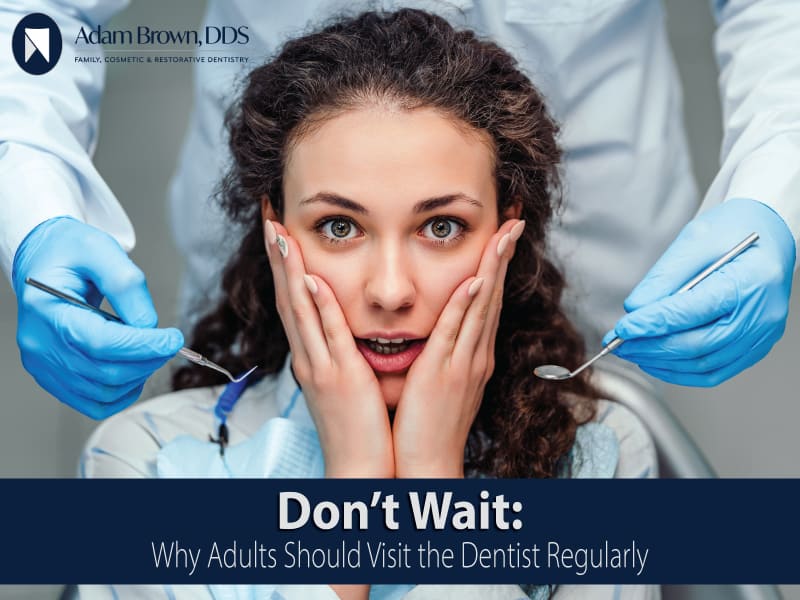

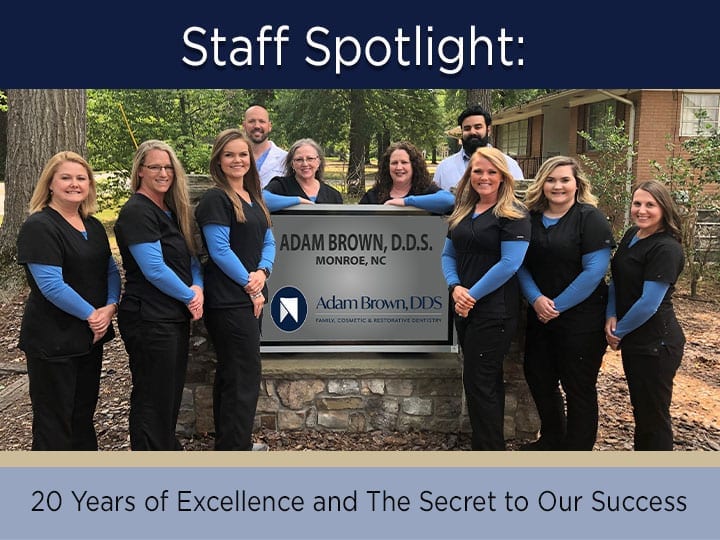


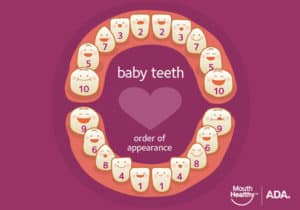
 Perhaps when you were younger, Santa stuffed your Christmas stocking full of chocolate coins and peppermint twists — and a new toothbrush to remind you not to let all that candy rot your teeth. Santa’s always been a smart guy.
Perhaps when you were younger, Santa stuffed your Christmas stocking full of chocolate coins and peppermint twists — and a new toothbrush to remind you not to let all that candy rot your teeth. Santa’s always been a smart guy.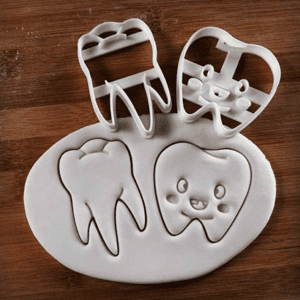 Not crafty? No worries! The artists of
Not crafty? No worries! The artists of 
